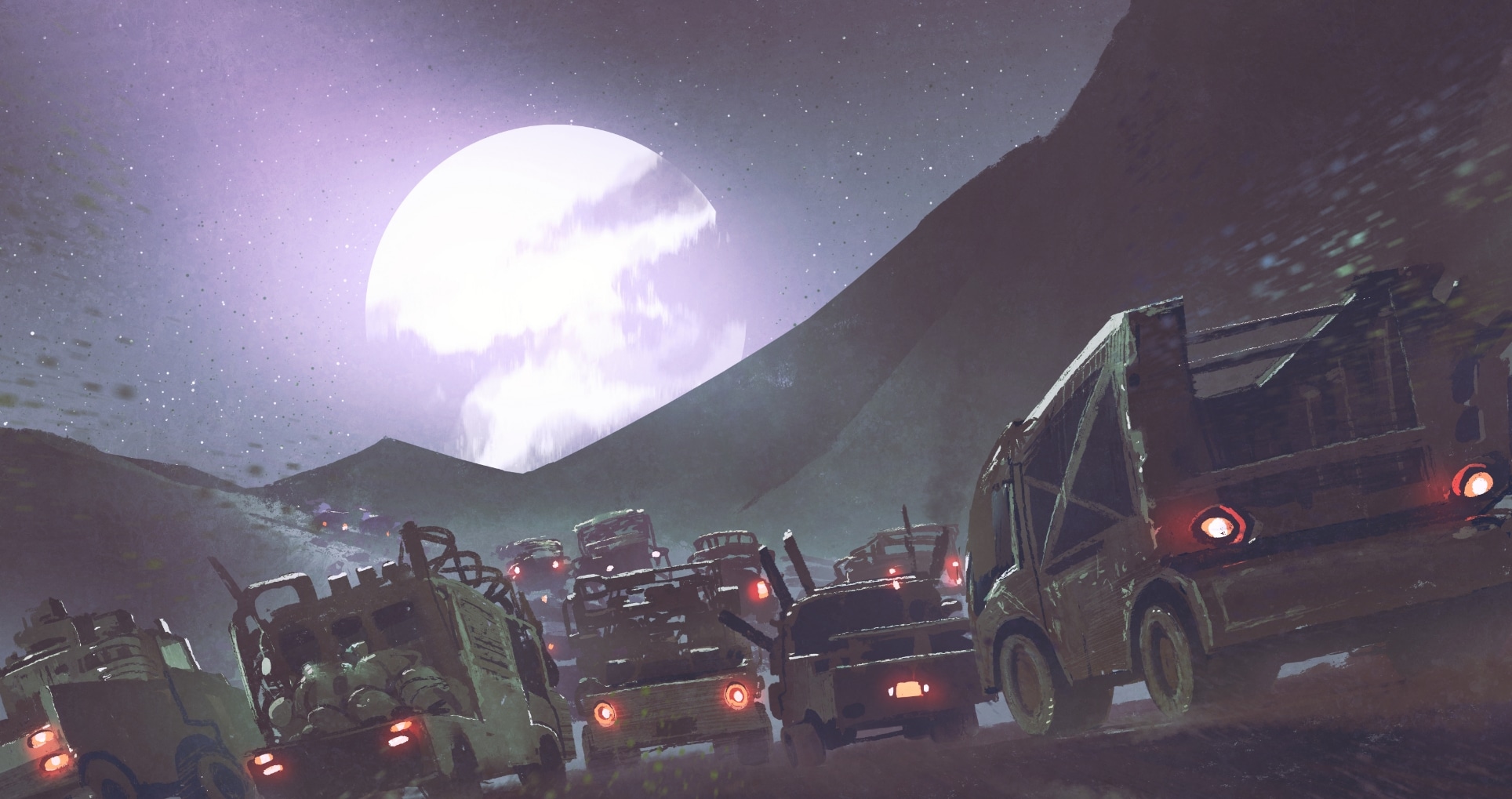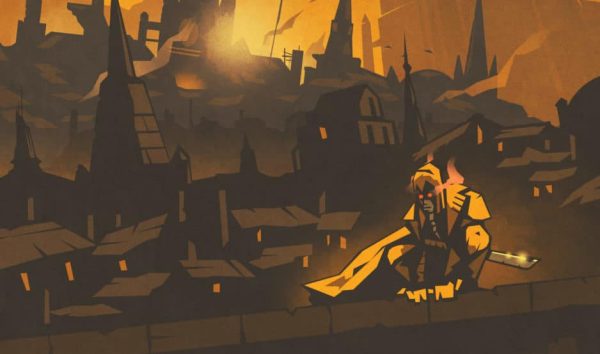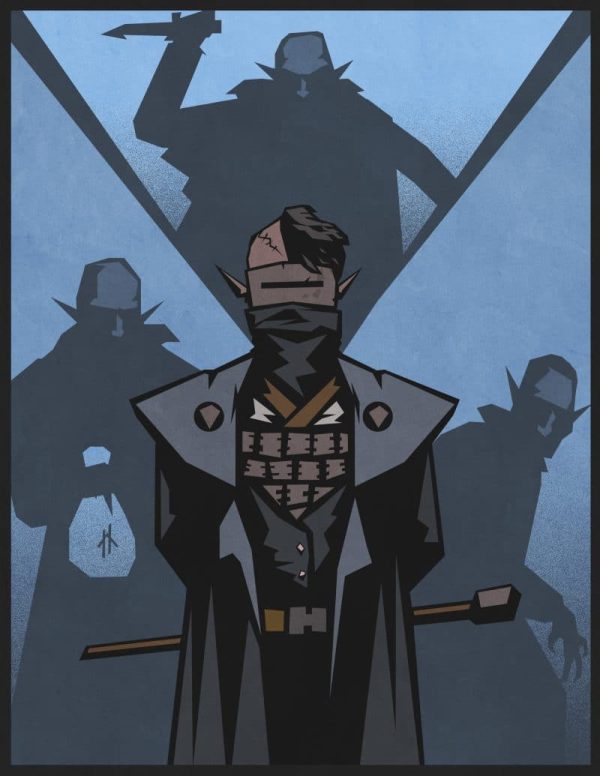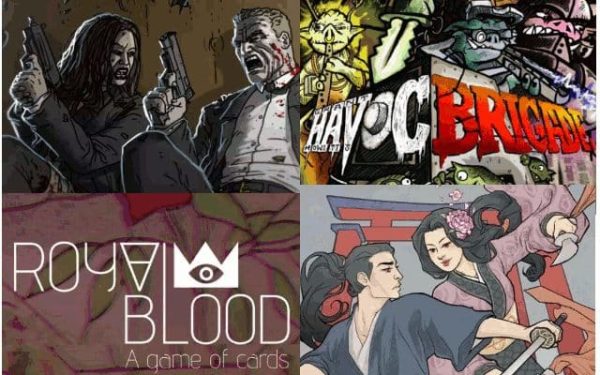Class Breakdown: The Heretic
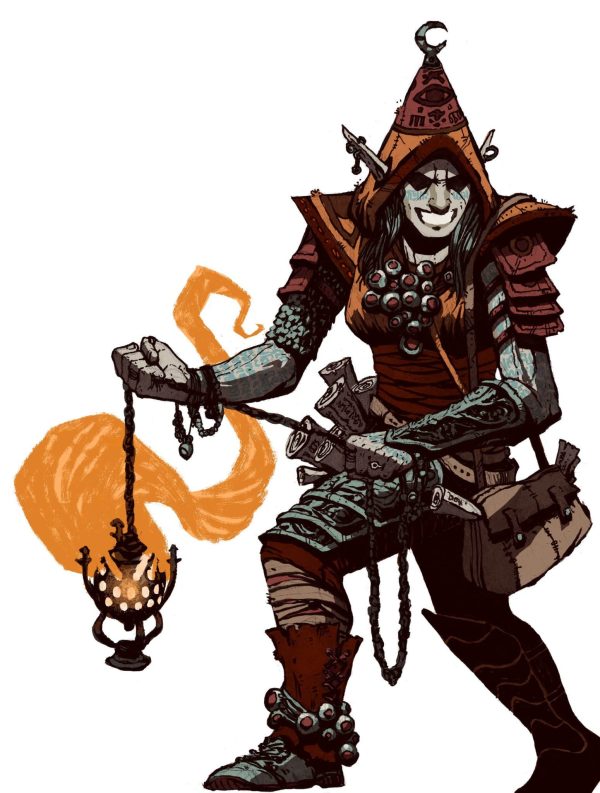
This is the first of several class breakdowns where we’ll take a look at each class in detail throughout our Kickstarter campaign. Up first: the Heretic. THE HERETIC Followers of a twice-forbidden goddess, the Heretics are the disciples and descendants of those drow forced out of the City Above centuries ago for their faith. Having […]
